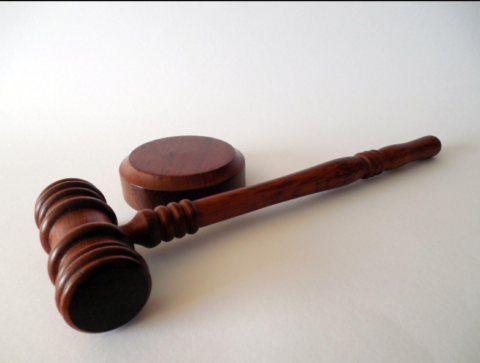Accidents can negatively impact a driving record, leading to increased insurance rates and potential legal complications. To dispute an accident on your driving record, gather all relevant evidence, including police reports, photographs, and witness statements. This documentation is crucial when contesting inaccuracies.
Understanding the procedures involved can make the process smoother. Filing a formal dispute with your state’s Department of Motor Vehicles (DMV) is often the first step. Follow the specific guidelines provided by the DMV to ensure your case is evaluated properly.
Sometimes, consulting with a legal professional specializing in traffic incidents can be beneficial. They can provide insights and representation to bolster your dispute. Accurate record-keeping and professional advice may significantly improve the chances of successfully removing or correcting an accident record.
Understanding the Accident Dispute Process
When a car crash happens, ensuring your driving record is accurate is crucial. Disputing an accident on your driving record involves several steps like checking your records, identifying discrepancies, and understanding your legal rights. This process helps maintain the integrity of your driving credentials.
Checking Your Driving Record
First, obtaining a copy of your driving record is essential. You can get this from your state’s Department of Motor Vehicles (DMV) or online through authorized services. Carefully review the document for any listed accidents.
Look out for errors such as incorrect dates, locations, or descriptions of the incident. Ensuring all personal details are accurate is also vital. Sometimes, accidents may appear that you weren’t involved in, possibly due to a clerical error.
Identifying Inaccuracies
After obtaining your driving record, the next step is identifying any inaccuracies. Start by comparing the details of the recorded accident to any police reports, insurance claims, and personal records you have. Common discrepancies include incorrect fault assignments or wrong dates.
Document all differences meticulously. Gather as much supporting evidence as possible, such as witness testimonies, photos from the scene, or any communication with law enforcement officers. This documentation will be necessary when presenting your case to the DMV or your insurance company.
Knowing Your Rights
Understanding your rights is critical when disputing an accident on your driving record. Most states have specific procedures for filing disputes, which are often outlined on the DMV’s website. Knowing the statute of limitations for making a dispute is essential, as waiting too long could invalidate your claim.
You may not need legal representation, but consulting with an attorney who specializes in traffic law can provide guidance. They can help you navigate the often-complex bureaucracy and ensure that your complaint is filed correctly and timely. Familiarize yourself with any state-specific regulations that may impact your case.
Navigating the Dispute Resolution
When a car crash happens, disputing an entry on your driving record involves several key steps. Gathering evidence is crucial, followed by systematically filing the dispute with the necessary authorities. Following up on your case ensures that your documentation is reviewed and any errors are corrected.
Gathering Evidence
To start, it’s imperative to collect all relevant documents. These include police reports, witness statements, and insurance claim records. Photographic evidence from the accident scene is also essential.
Keep a log of any medical reports or repair bills related to the crash. A consistent and detailed timeline of events can strengthen your case. Make sure all documents are clearly legible and organized.
Filing the Dispute
Contact your local Department of Motor Vehicles (DMV) or equivalent authority. Obtain the specific forms required for disputing an accident on your record. Fill out these forms meticulously, ensuring that all personal information and event details are accurate.
Attach all previously gathered evidence to support your claim. Submit your dispute either online, via mail, or in-person following the procedures outlined by your local DMV. Keep a copy of everything you submit.
Following Up on Your Case
After filing, follow up periodically to monitor the status of your dispute. Contact the DMV to confirm receipt of your documents and to inquire about the review process timeline.
Maintain written records of all communication, noting dates, times, and the names of individuals you speak with. This organized approach helps in ensuring your case receives timely attention and accurate review.

Daniel J. Morgan is the founder of Invidiata Magazine, a premier publication showcasing luxury living, arts, and culture. With a passion for excellence, Daniel has established the magazine as a beacon of sophistication and refinement, captivating discerning audiences worldwide.





